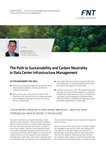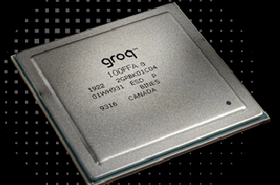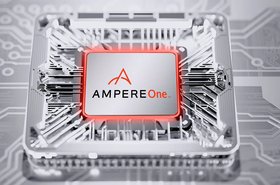The data center industry needs to establish a new metric to measure their energy efficiency in the generative AI era, Nvidia has argued.
Currently, data centers use PUE (power usage effectiveness) to measure their energy efficiency, which is calculated by working out the ratio between total facility power and power consumed by the IT load.
However, this metric only takes the amount of energy consumed by a data center into account, rather than measuring what Nvidia calls its “useful output” – the actual energy the servers have used or how efficiently they use it.
“When modern systems and processors report rising input power levels in watts, that doesn’t mean they’re less energy efficient,” Jeremy Rodriguez, senior director of data center engineering at Nvidia, wrote in a blog post. “In fact, they’re often much more efficient in the amount of work they do with the amount of energy they use.”
PUE was first proposed by Christian Belady and Chris Malone and promoted by the Green Grid in 2006. While Rodriguez said that PUE will not become obsolete, he argues that there needs to be a metric that acknowledges the fact that modern systems and processors are often much more efficient in the amount of work they do with the amount of energy they use.
To address this issue, he argues that instead of focusing on power in terms of watts, data centers should focus on energy measured in kilowatt-hours or joules, adding that any new benchmark should also measure advances in accelerated computing – using parallel hardware and software processing to speed up work on demanding applications, such as generative AI.
Weighing in on LinkedIn, Uptime Institute analyst Peter Judge agreed that the industry is long overdue a metric that is based around the concept of ‘work done per joule.’
However, he went on to add: “It is interesting to see this coming out of Nvidia. I guess the "visibility" of their kit's high power consumption makes it very much in their interest to have a better metric based on energy use...”







